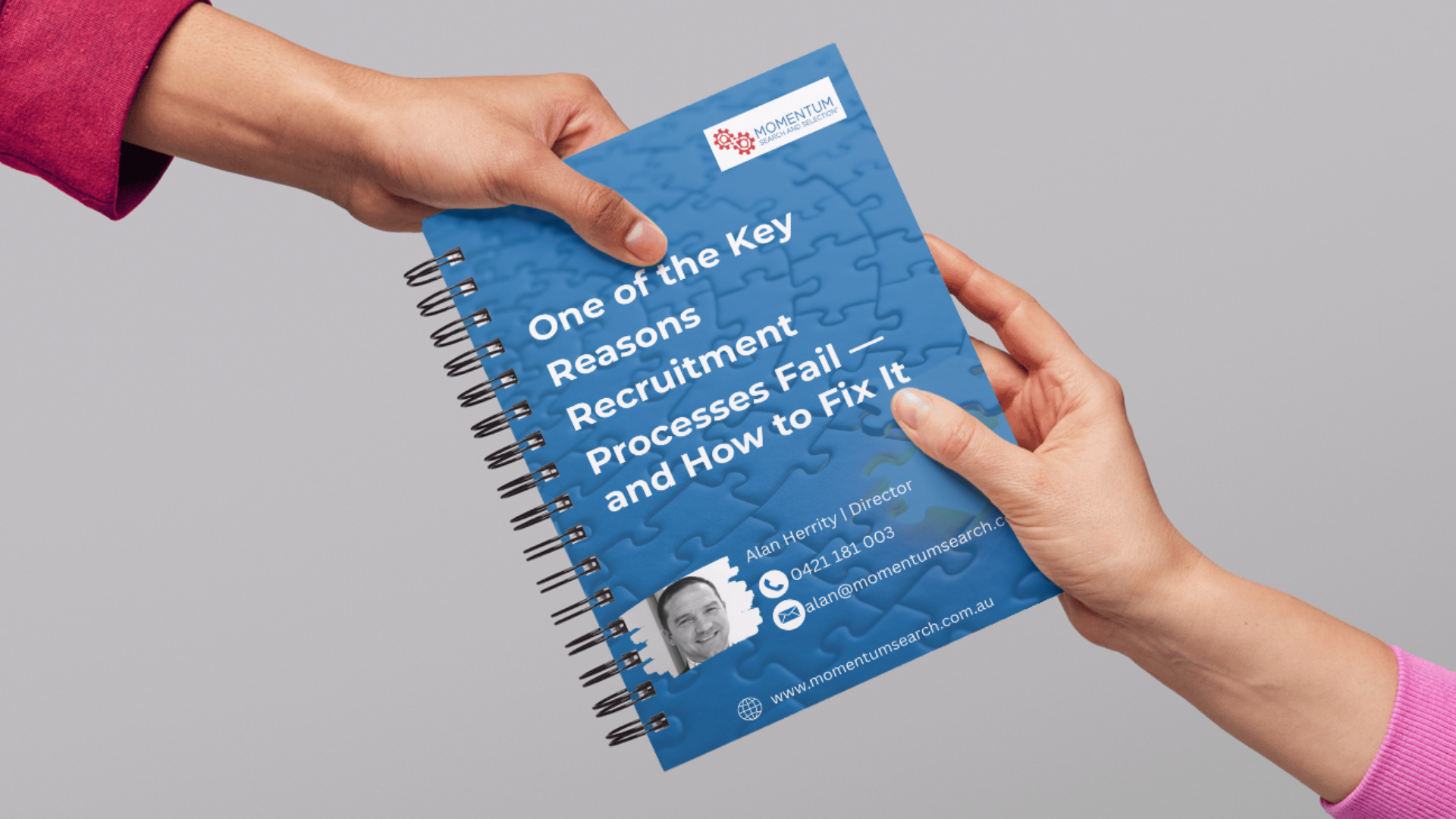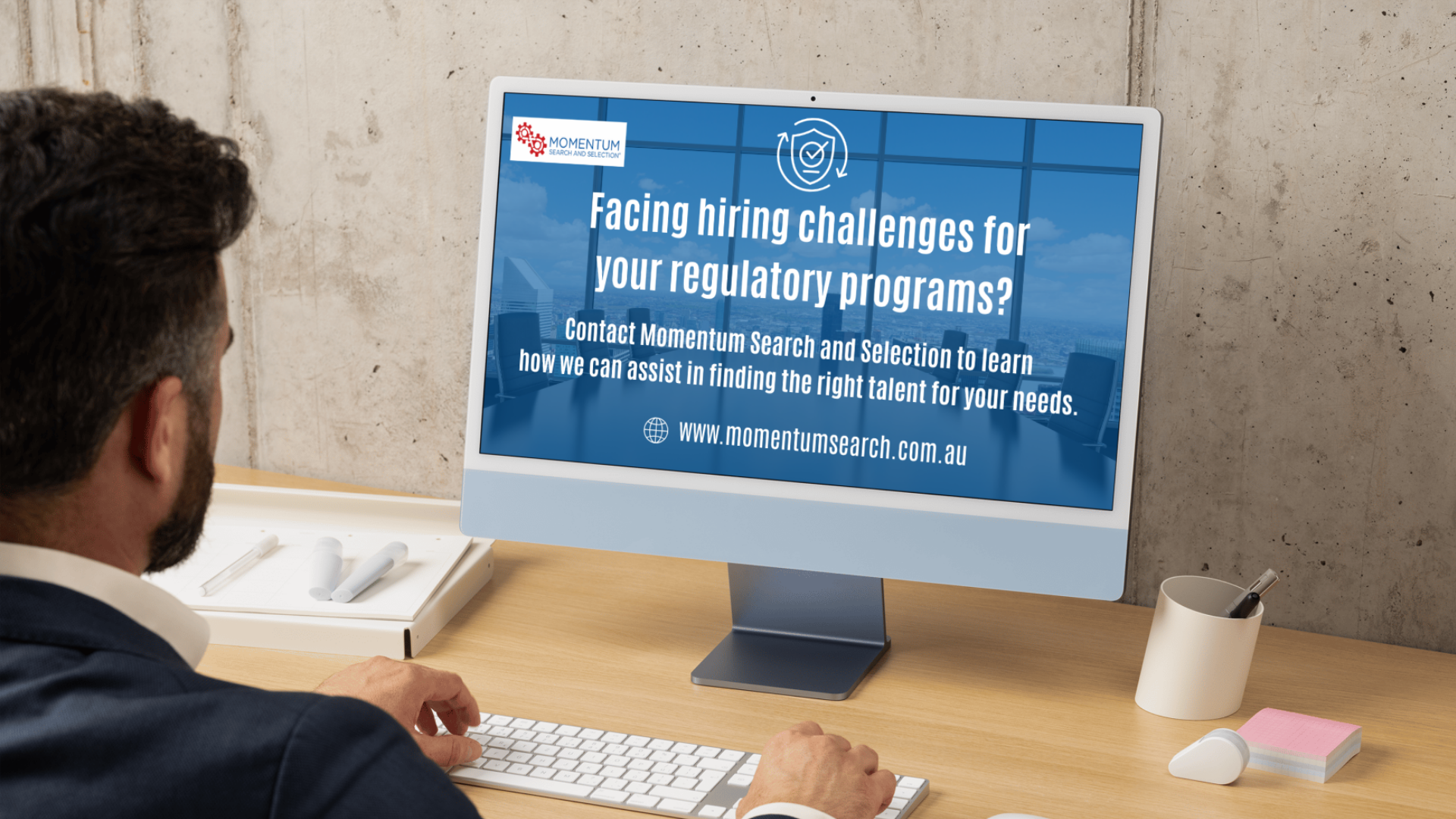By Alan Herrity
•
November 25, 2025
A conversation with an executive recently reframed something many boards are still grappling with. The real blind spot in boardrooms isn’t just a lack of technical understanding. It’s the confidence to interpret technology investments through a strategic lens — how they enable the business, improve risk, and ultimately strengthen customer experience. If a board sees a $50 million cloud program purely as IT infrastructure, the conversation is already heading in the wrong direction. The strategic case for technology is, in effect, the case for digital transformation. That means understanding how the change reshapes process performance, customer visibility, and operational resilience. As that executive put it, a true digital transformation “exposes your process performance to your customers.” It’s a useful test: if your customers could see exactly how your processes work, would they still choose you? That’s the difference between technology as cost and technology as capability. Technology Fluency Isn’t About Technical Depth Boards don’t need more technologists. They need directors who can recognise what technology enables — growth, speed, resilience, and transparency. That has always been the requirement. The gap today is that these decisions now sit at the centre of strategy rather than the periphery. Digitally fluent boards Link investment to strategy, not infrastructure Differentiate between modernisation and transformation Understand customer impact as clearly as cost impact Assess risk in operational, cultural, and technology terms Where boards struggle is usually not with the technology itself, but with context. They miss how decisions play out culturally — the hidden signals in execution that determine whether a transformation will land. As one executive in my network put it, “the distance between the board and where the work happens means cultural signals get lost.” His view is right; culture remains one of the quietest destroyers of transformation success. The Strategic Value of Technology Leaders on Boards This is where experienced Technology Executives add real value. However, not as technical custodians. The strongest candidates position themselves as enablers of strategy, stewards of risk, and commercial contributors who can translate complexity into clarity. They can articulate why a transformation matters, how it links to the operating model, and what the organisation needs to do to ensure customers feel the benefit. They don’t talk about platforms first; they talk about outcomes. The best ones move comfortably between strategy, execution and culture. They can explain the positive impact on the P&L in ways that resonate with non-technical colleagues. That’s what differentiates a board-ready technology leader from one who’s simply senior in their function. Boards Need to Close Their Own Blind Spots Technology Executives bring essential perspective, but the responsibility doesn’t sit with them alone. Boards need to identify where their blind spots are — whether that’s digital capability, data literacy, transformation oversight, or cultural interpretation — and close them. A digitally fluent board isn’t one with a single expert. It’s one in which the full group can challenge assumptions, interrogate investment cases, and understand how transformation affects customers, risk, and strategy. When they do lead a major transformation, the job isn’t finished when the program ends. The most effective boards review, assess, and learn. Continuous change means there’s no moment for relief. If a board feels the work is “done”, that’s usually the signal that it’s time to evolve again. What This Means for Technology Executives Preparing for Board Roles For leaders aiming to step into governance roles, the expectation has shifted. Position yourself as someone who: Enables strategy, rather than represents a function Understands risk in operational and technology terms Can show a clear link between transformation and commercial outcomes Brings the cultural awareness to read execution signals early Boards don’t need technologists. They need technology-literate strategists with the experience to make change investable and the judgement to ensure it succeeds. Closing the Gap Business models, customer expectations, and technology capability will continue to move at pace. The organisations that thrive will be those whose boards understand how technology shapes value — not as a technical discipline, but as a strategic one. For many boards, that shift is still underway. For Technology Executives, it’s a clear opening to contribute where the business needs clarity most. If both sides step towards each other, the blind spot closes. Please contact Alan Herrity to explore this topic further.












